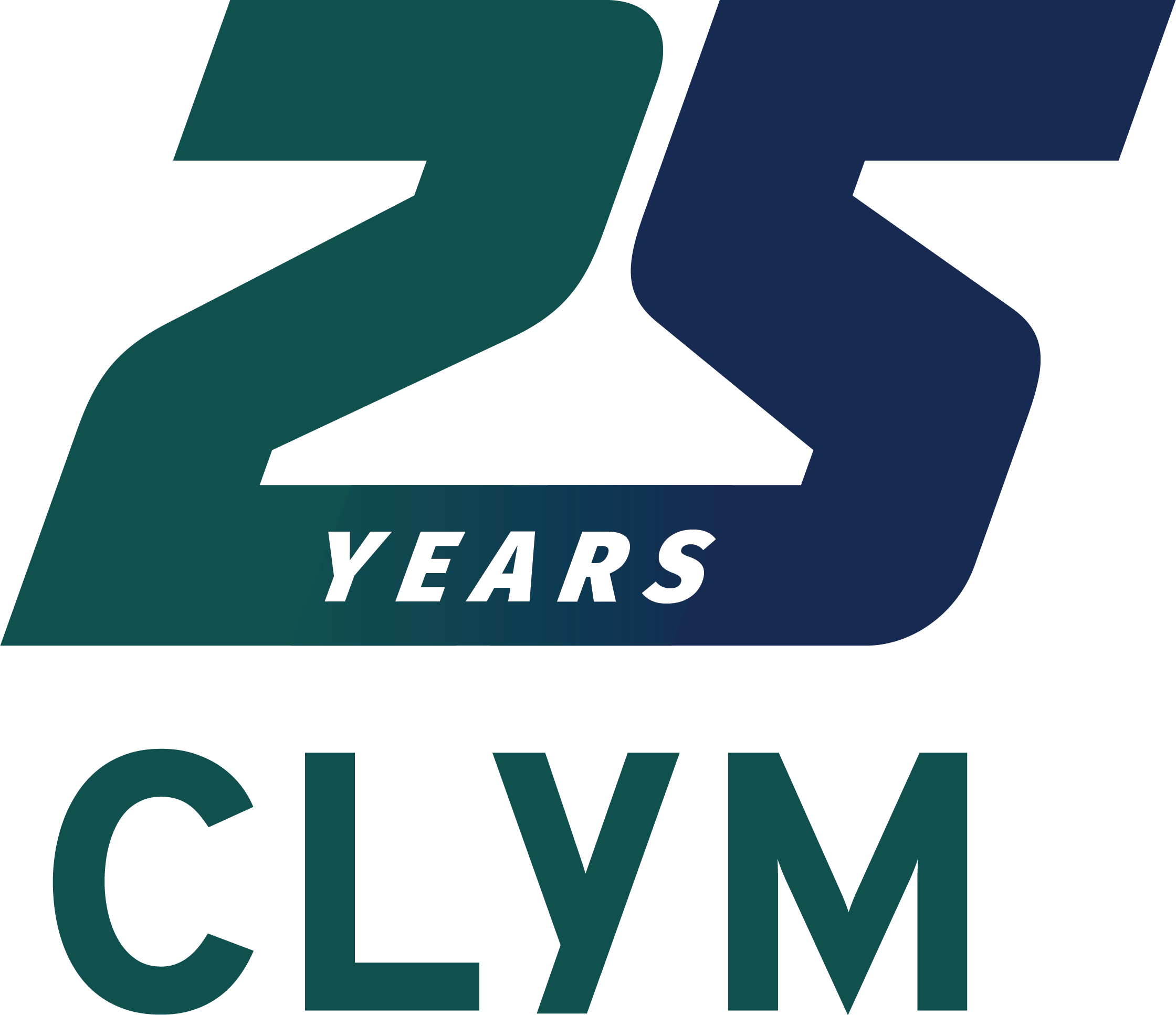
Congress created the Occupational Safety and Health Administration (OSHA) in 1970 to set and enforce standards to ensure safe and healthful working conditions for the American workforce. Over the past 50 years, OSHA has passed “standards” to protect workers involved in various industries, focusing on workplaces where hazardous materials are present. For example, in 1991, OSHA passed an important standard to protect the more than 5.6 million healthcare workers and others from risks related to the exposure of bloodborne pathogens.
Bloodborne pathogens are infectious microorganisms in human blood that can cause disease in humans. These pathogens include Hepatitis B, Hepatitis C, and Human Immunodeficiency Virus (HIV). Workers in many occupations, including first responders, housekeeping personnel in some industries, nurses, and other healthcare personnel, all may be at risk for exposure to bloodborne pathogens.
The Occupational Exposure to Bloodborne Pathogens Standard spells out rules and regulations regarding the specific waste types that are generated at healthcare facilities, and requires businesses to have an Exposure Control Plan to minimize the risks of employee exposure to blood. This written program must include procedures for educating employees about hazards, implementation, methods of compliance, recordkeeping, and managing an incident related to exposure of “regulated waste.”
Employers are responsible for determining the presence of regulated waste within the environments they manage. This not only includes the amount of blood but also the presence of material that may potentially release blood products. OSHA separates “regulated waste” into the following categories:
- Liquid or semi-liquid blood or other potentially infectious materials (OPIM).
- items contaminated with blood or OPIM with the potential to release these substances in a liquid or semi-liquid state when compressed.
- items that are caked with dried blood or OPIM and are capable of releasing these materials during handling.
- Pathological and microbiological wastes containing blood or OPIM.
- Contaminated sharps.
Sharps management is an important part of responsible handling of hazardous waste. Disposal containers must remain upright throughout use, color-coded in red, and labelled with the universal biohazard symbol. Employees should be educated on the proper use of sharps containers, including the importance of:
- Never overfilling them.
- Closing them immediately prior to removal or replacement to prevent spillage during storage, handling, transport, or shipping.
- Placing containers in a secondary container that is closable, durable, and color-coded if leakage is possible.
- Handling containers so as not to expose themselves or others to the risk of percutaneous injury.
- Securing container lids with duct tape.
We recommend ongoing employee education and training pursuant to OSHA’s recommendations. For example, one of the most important and complex areas regulated by the Occupational Exposure to Bloodborne Pathogens Standard surrounds labeling, including:
- When and how is it required to label bags and containers of regulated waste, bags or containers of contaminated laundry, refrigerators and freezers that are used to store blood or OPIM, bags and containers used to store, dispose of, transport, or ship blood or OPIM (e.g., specimen containers)?
- What about in the case of contaminated equipment which is to be serviced or shipped?
- What are the required colors for the labels? (The background must be fluorescent orange or orange-red with letting and symbols in a contrasting color.)
- Where should labels be attached? (The label must be affixed on an integral part of the container or as close as possible to the container by wire, string, or another durable method to prevent its loss or unintentional removal.)
- Can there be substitutes for the labels? (Yes. Red bags or red containers may be substituted for the biohazard labels.)
Compliance with the Occupational Exposure to Bloodborne Pathogens Standard is critical to the health and wellbeing of employees for whom this is a risk. Initial and ongoing training must be done, as stated in the OSHA standard, by “an individual “[who is] knowledgeable in the subject matter covered by the elements in the training program, and [who is] familiar with how the course topics apply to the workplace that the training will address. The trainer must demonstrate expertise in the area of occupational hazards of blood borne pathogens.”
You can prepare for interactions with an OSHA inspector by ensuring that your organization’s Exposure Plan is reviewed annually and is fully up to date. Be sure that all recommended staff training has occurred and that all documentation is in place. Take the time to walk your workspace to look for potential compliance issues so you can resolve any problems before they come to light during an official inspection.
In addition to federal regulations and requirements, each state has additional rules. Finding a reliable, knowledgeable partner to help you ensure your hazardous waste disposal needs, especially those related to bloodborne pathogens, are not only compliant but safe.
